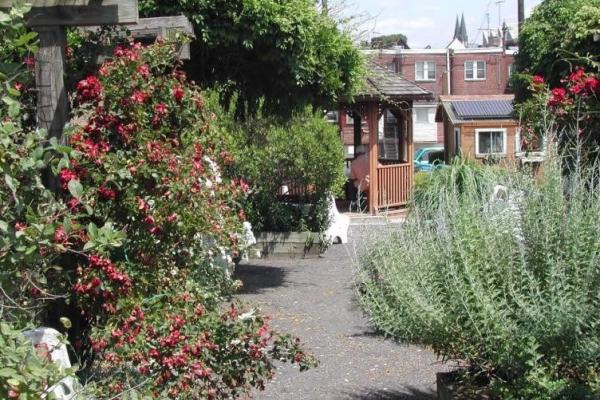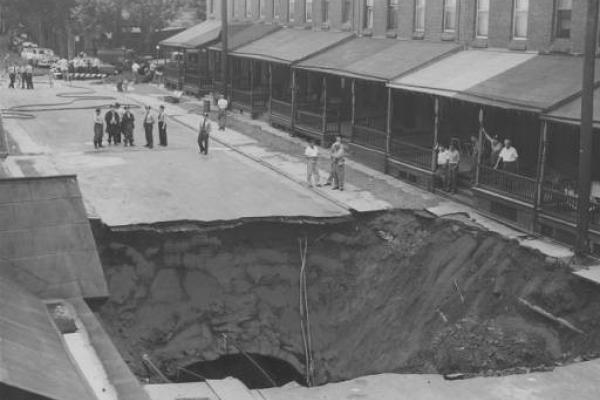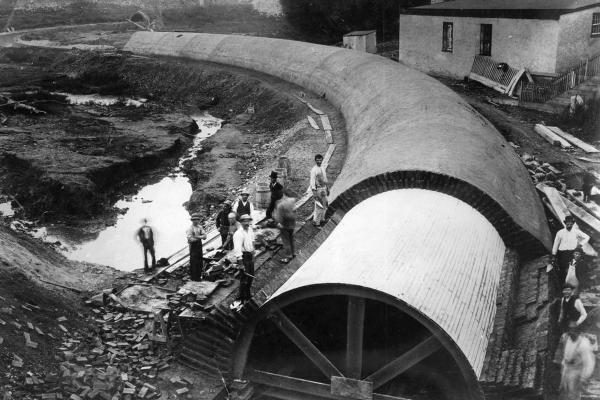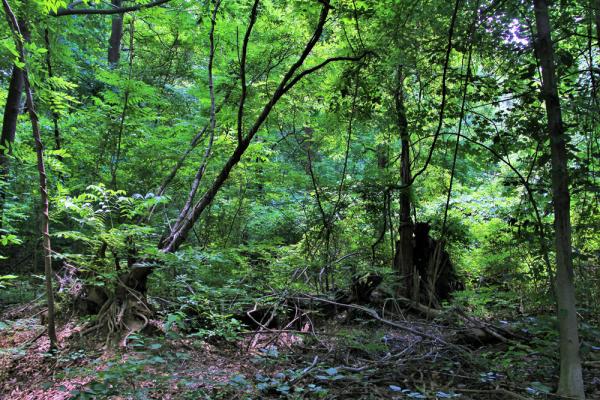Explore by Theme: Green Spaces and the Environment

The Centennial Exposition of 1876, a world's fair of epic proportions constructed in West Fairmount Park, attracted almost 10 million visitors in the six months of its operation. The imprint of that event is still to be seen in parts of the park.

Since 1987, Anne Whiston Spirn, a renowned landscape historian, first at the University of Pennsylvania, now at the Massachusetts Institute of Technology (MIT), has been actively involved with her students, West Philadelphia community allies, and the Philadelphia Water Department in studying the Mill Creek watershed and helping to develop reclamation and education programs in the Mill Creek neighborhood; her initiative is called the West Philadelphia Landscape Project.

In the 20th century, with the development of one suburb after another, the “built landscape” of West Philadelphia deposited unmanageable amounts of wastewater in the Mill Creek sewer, which, under severe pressure, periodically overflowed and, more disastrously, collapsed.

In the early 19th century, textile mills arose along Mill Creek. The late 19th century saw the “burial” of the creek in a culverted sewer, which extended from the future intersection of City Line Avenue near 63rd Street to the Schuylkill River below Baltimore Avenue.

Mill Creek, once a power source for various mills, achieved notoriety in the 20th century as an underground culverted sewer and submerged floodplain that wreaked havoc with the West Philadelphia landscape.

Mill Creek, Indian Run, Morris Park, and City Line are notable historical features of the Overbrook landscape.